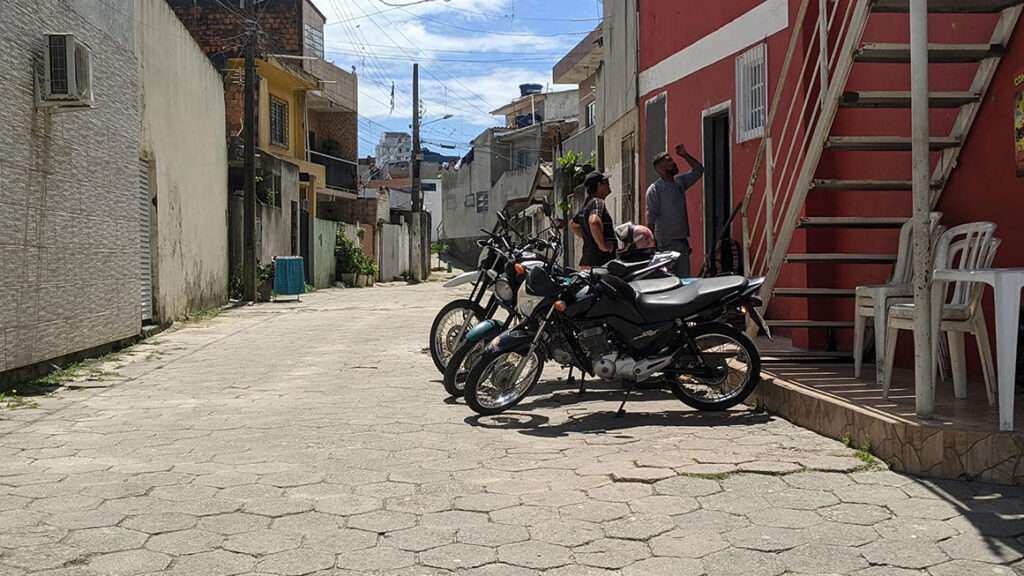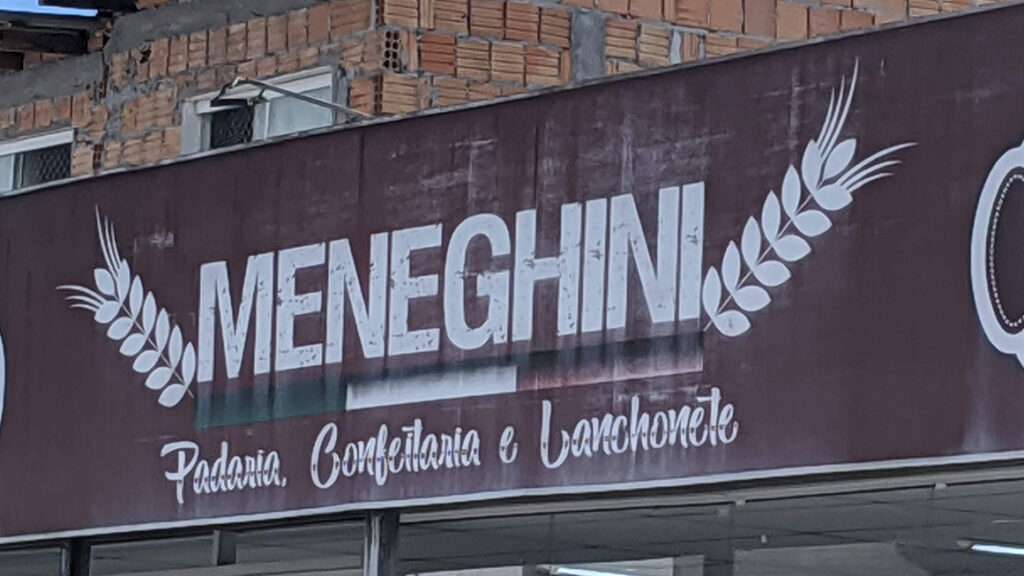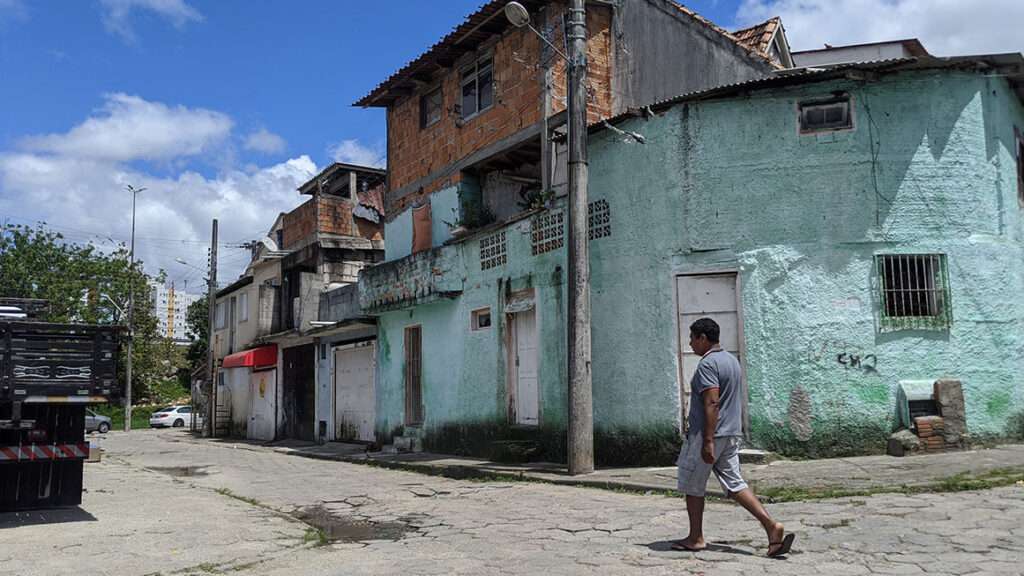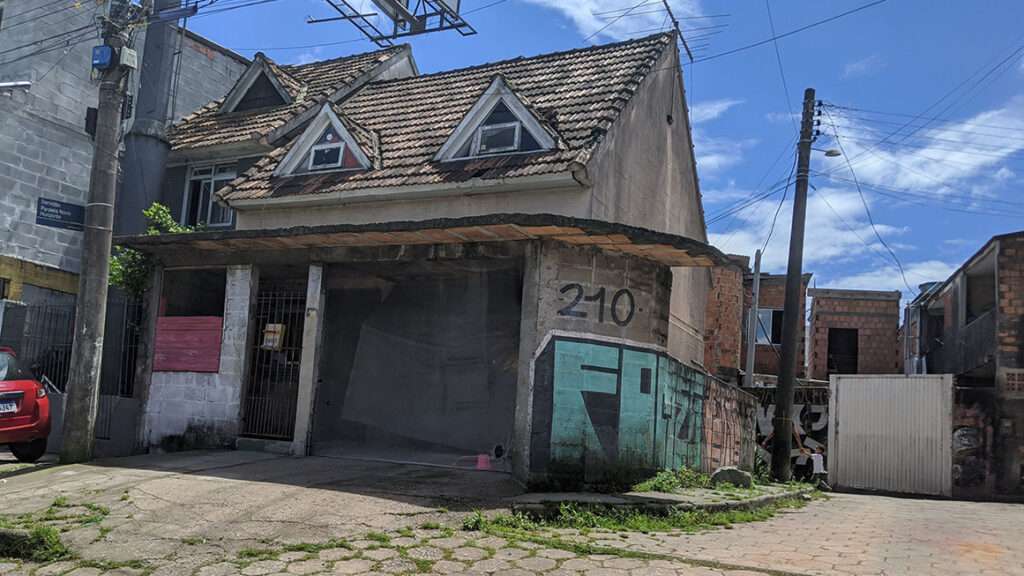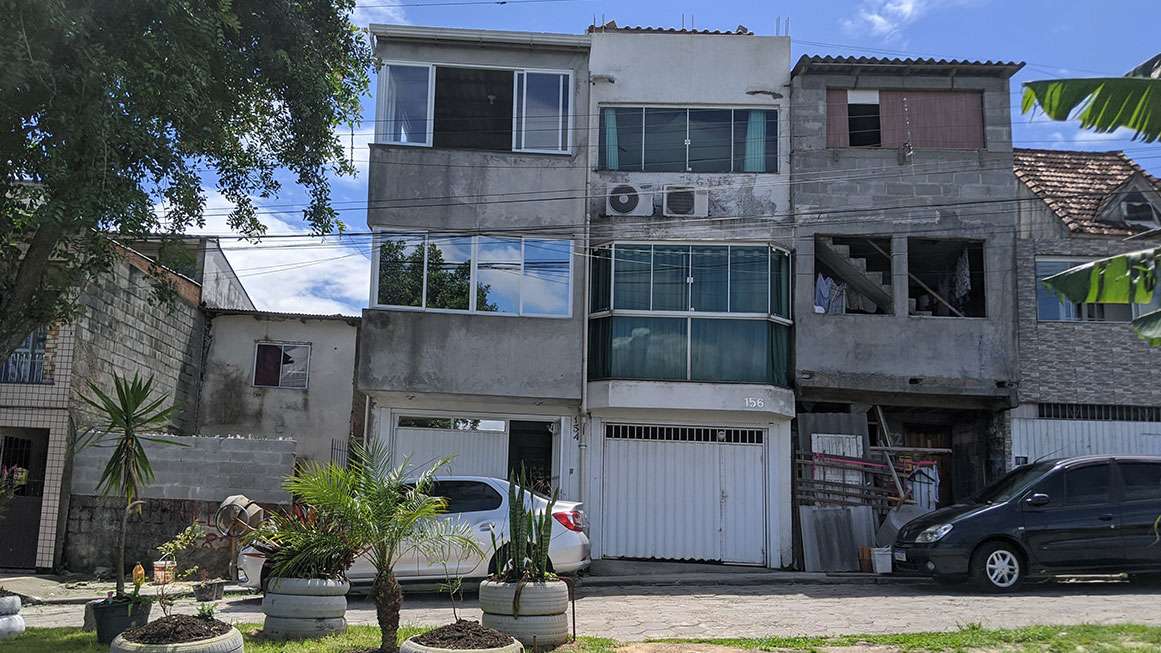FLORIANOPOLIS, Santa Catarina—In some ways, this large island off the Atlantic coast is the opposite of what people imagine when they think of Brazil. Sure, it has white sand beaches and clear waters, but it’s largely free of the crime and chaos found in Brazil’s big cities—a low-key vacation getaway for the country’s elite. But having been invited to speak at a conference here and hired a driver for the week, I ask him if there is another side to Florianopolis that doesn’t appear in the brochure.”
Oh, do I have a neighborhood for you,” said Alan Esteves, a Brazilian cabbie who rarely speaks English.
Cross the bridge to Florianópolis’ charming historic the centerEsteves drove down the highway ramp and onto a barrio West end of town. This, he tells me, is Monte Cristo.
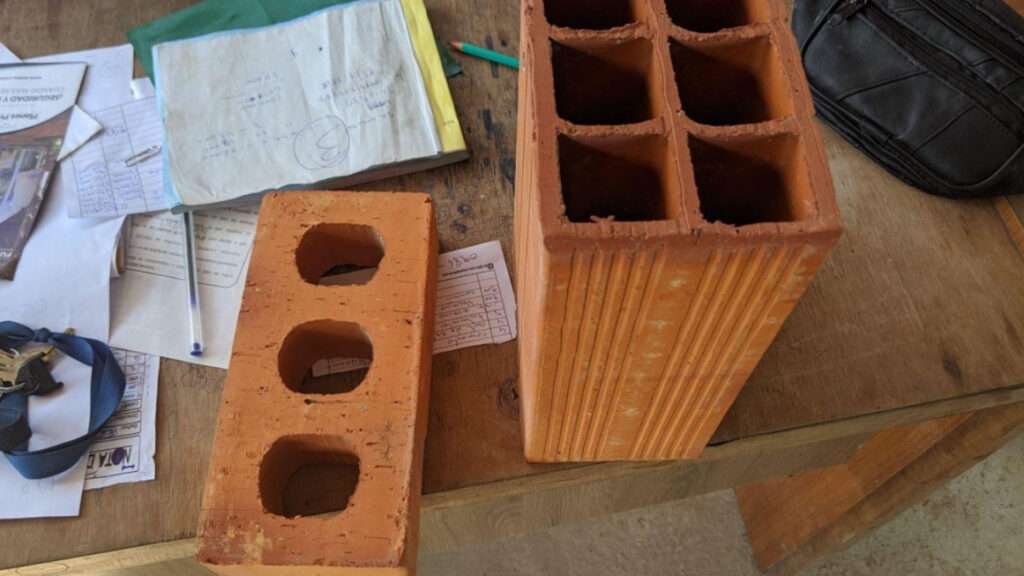
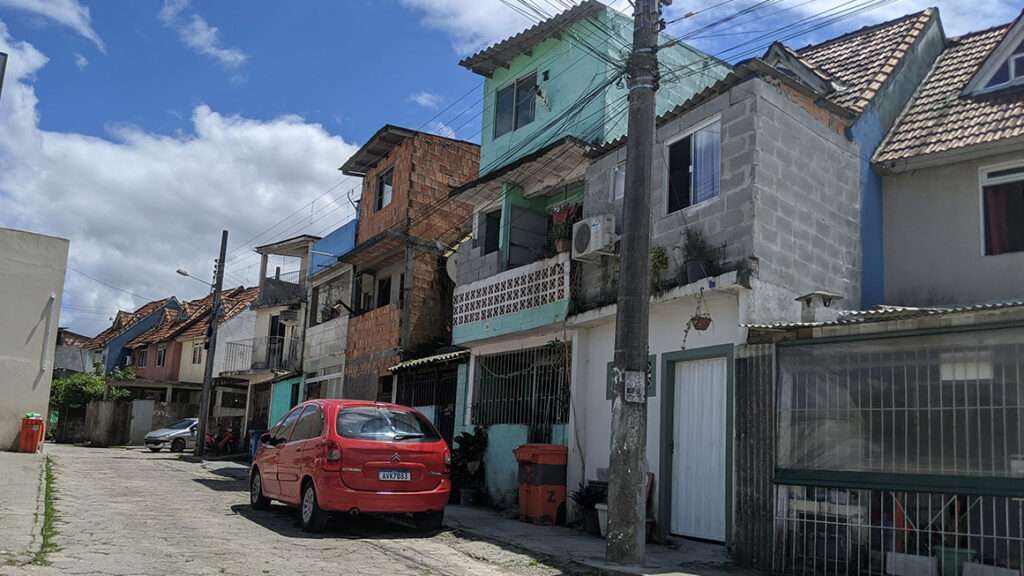
It started as a collection of shacks, according to a local realty firm, but in 2007 the authorities completed some government housing here. The program replicates the modern US approach — instead of building high-rise public housing, it offers low-rise detached suburban-style units. In this Eurocentric part of Brazil, houses with German roofs are a common vernacular. Locals will be allowed to buy housing at subsidized rates, encouraging home ownership
Then something unplanned happened.
In the urban planning lexicon, there is an acronym called ADUs or “Accessory Dwelling Units”. It describes any unit that owner-occupiers add to their principal, such as a garage or a granny flat in the backyard. As unauthorized additions proliferated, housing in Monte Cristo quickly became the ADU concept on steroids, leaving many new additions unrecognizable to the area.
Favela is a Portuguese word that translates to “shantytown,” but is a location-specific way of describing urban forms that exist worldwide. The United Nations defines “slum” as housing that is unstable, overcrowded and lacks basic sanitation. Brazilian favelas are considered slums, although the definition may be more tenuous.
“Especially in the Brazilian context,” says urban planning journalist Gregory Scruggs, favelas are “human settlements without proper title to the housing stock.”
Beyond that, favelas have a certain aesthetic, which gives them a know-it-all look. Gives its qualities. Their construction is usually a mixture of cinder block, a soil and clay compound called dauband “hollow brick,” which may be called structural clay tiles.
When I visit a building materials store, an employee explains that hollow bricks are three times cheaper than more common bricks, but offer similar stability.
Another characteristic of favelas is that they evolve incrementally. They start out as small structures—sometimes literal shacks—but owners build ADU-style additions as their families grow or they see the financial opportunity to rent additional space or add informal ground-level retail. The Brazilian highlands are particularly suited to this, with units literally stacked on top of each other on top of the mountain.
That growthism is also at work in relatively flat Monte Cristo. Driving Esteves, I see ADUs that have been added above, around, and in front of the primary structure. The builders used typical favela materials, which did not blend architecturally with the pastel-colored houses built by the government.
According to Scruggs, who has both lived in and written about Rio de Janeiro’s favelas, Monte Cristo’s boom is now gaining official traction. He cites the “half-good house” concept of Chilean architect Alejandro Aravena, who won the Pritzker Architecture Prize for his work.
When building modern units for slum dwellers, the idea goes, nonprofits should build small houses with basic modern standards such as plumbing. But they should surround those houses with bare frames that the owner-occupiers can “expand,” favela-style, if they so desire. Aravena helped design one such community in Chile at $7,500 per unit. Monte Cristo is another version of this idea, albeit an informal one.
It reaches the final way Monte Cristo, despite being a government complex, it resembles a favela: favelas are known as “invasions” throughout Latin America. Usually they occur on public land sitting unused. Sometimes they occur on private land, as part of populist revolts against large landowners, some of whom themselves collect their holdings extraterritorially.
Once slum dwellers settle and start building, they are less likely to be removed, as government institutions are weak and political pressures abound. So favelas remain and evolve organically. Lack of title could be a problem—because the land was illegally occupied, no title was issued, and thus it remained undervalued as a real estate asset, a problem documented by Peruvian economist Hernando de Soto.
Although Monte Cristo is a formal community, it has this “invasion” vibe. Tenants have added to their units at infinityWithout regard to setbacks, architectural standards, or maximum occupancy laws prevailing in the United States.
Despite the issues associated with nebulous property rights, favelas represent a spontaneous, flexible housing that need not be limited to slum dwellers. I see Monte Cristo as a model for affordable housing programs in the United States—be they public, private, or nonprofit—where residents can gradually add space and rent to generate income. Florianópolis, Scruggs argues, is “ideal”: a model “where the public sector can provide land and some basic building standards but allow residents to build from there.”
Alain Bertaud, a planning professor at New York University, once noted that a form of this is already occurring in US housing projects, as tenants continually subdivide and sublet units. Monte Cristo shows how this can blossom into something more open and affordable: avoiding excessive regulation in the first place.
